ARTICLE AD BOX
Last Updated:October 22, 2025, 19:30 IST
India’s cities are at a tipping point. Without bold action, the next two decades could see environmental degradation outpace economic growth.
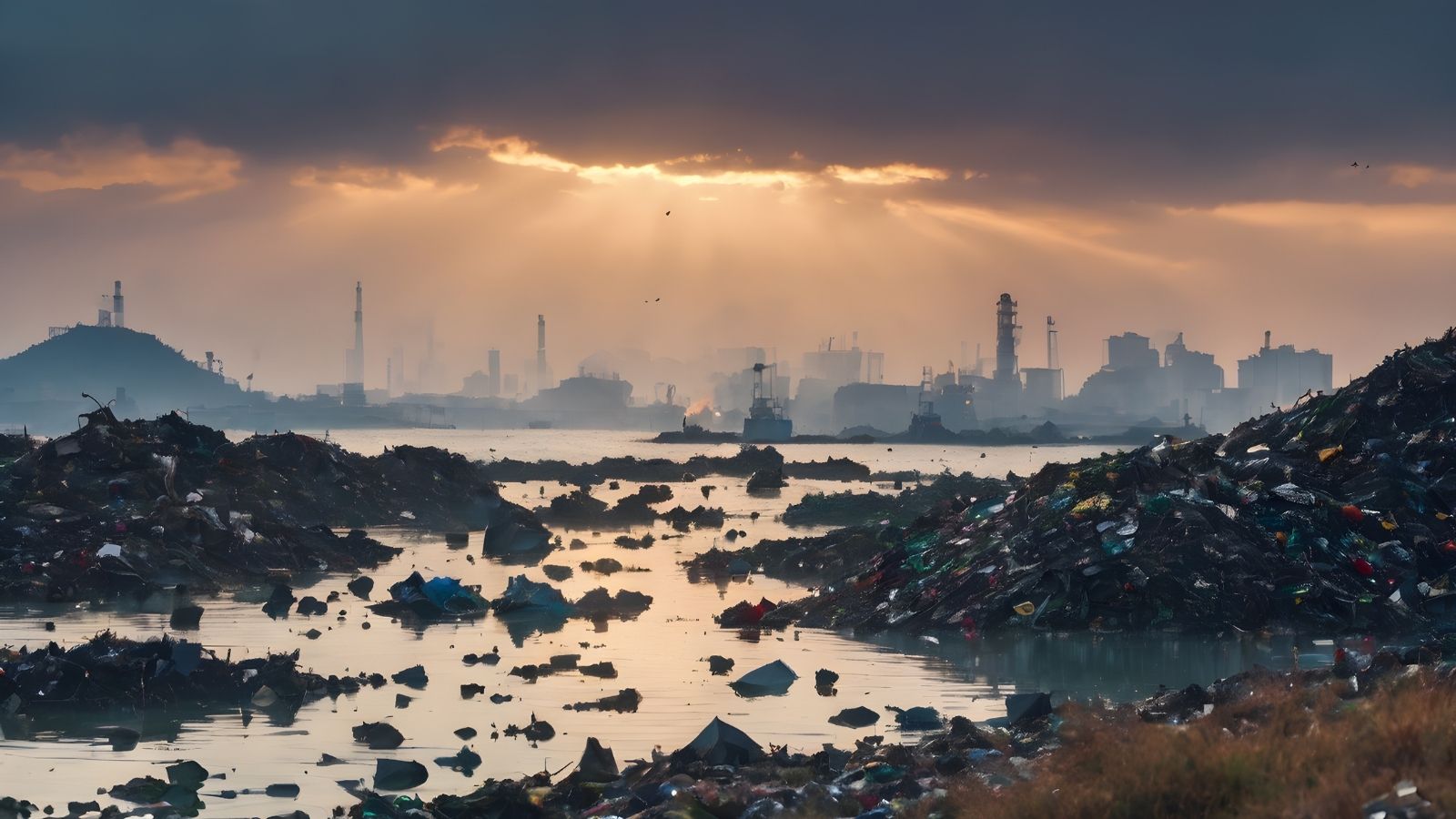
India’s top cities face mounting threats from air pollution and water scarcity over the next 10-20 years, driven by rapid urbanization, climate change, and inadequate infrastructure. Cities like Delhi, Bengaluru, Chennai, and Hyderabad are expected to be among the hardest hit. Here’s a detailed look at the looming environmental challenges. (Image: Canva)
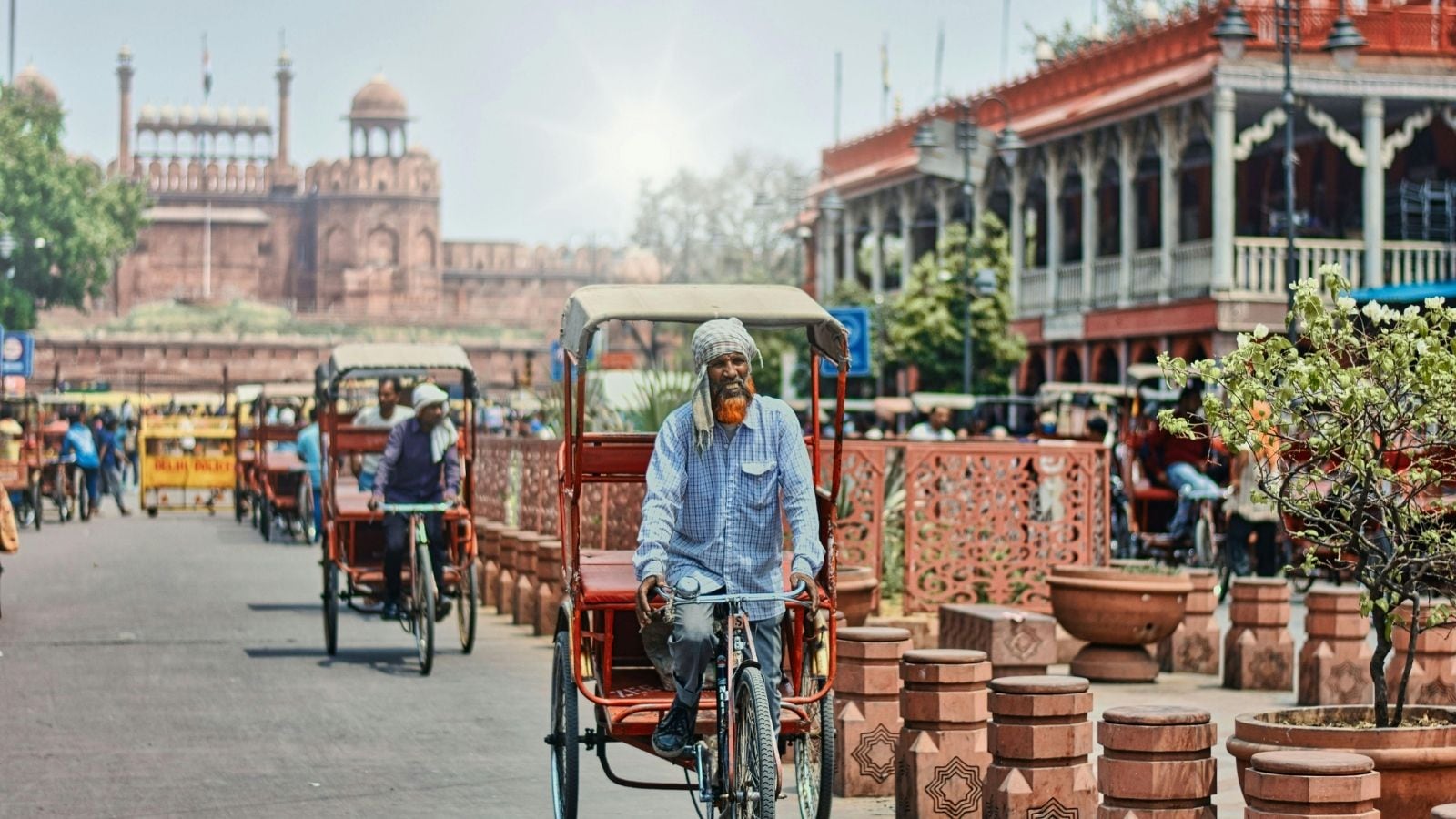
Delhi: Challenge: Already one of the world’s most polluted capitals, Delhi faces worsening air quality due to vehicular emissions, industrial activity, and seasonal crop burning. Future Risk: Increased respiratory illnesses, reduced life expectancy, and economic losses from health-related productivity decline. (Image: Canva)
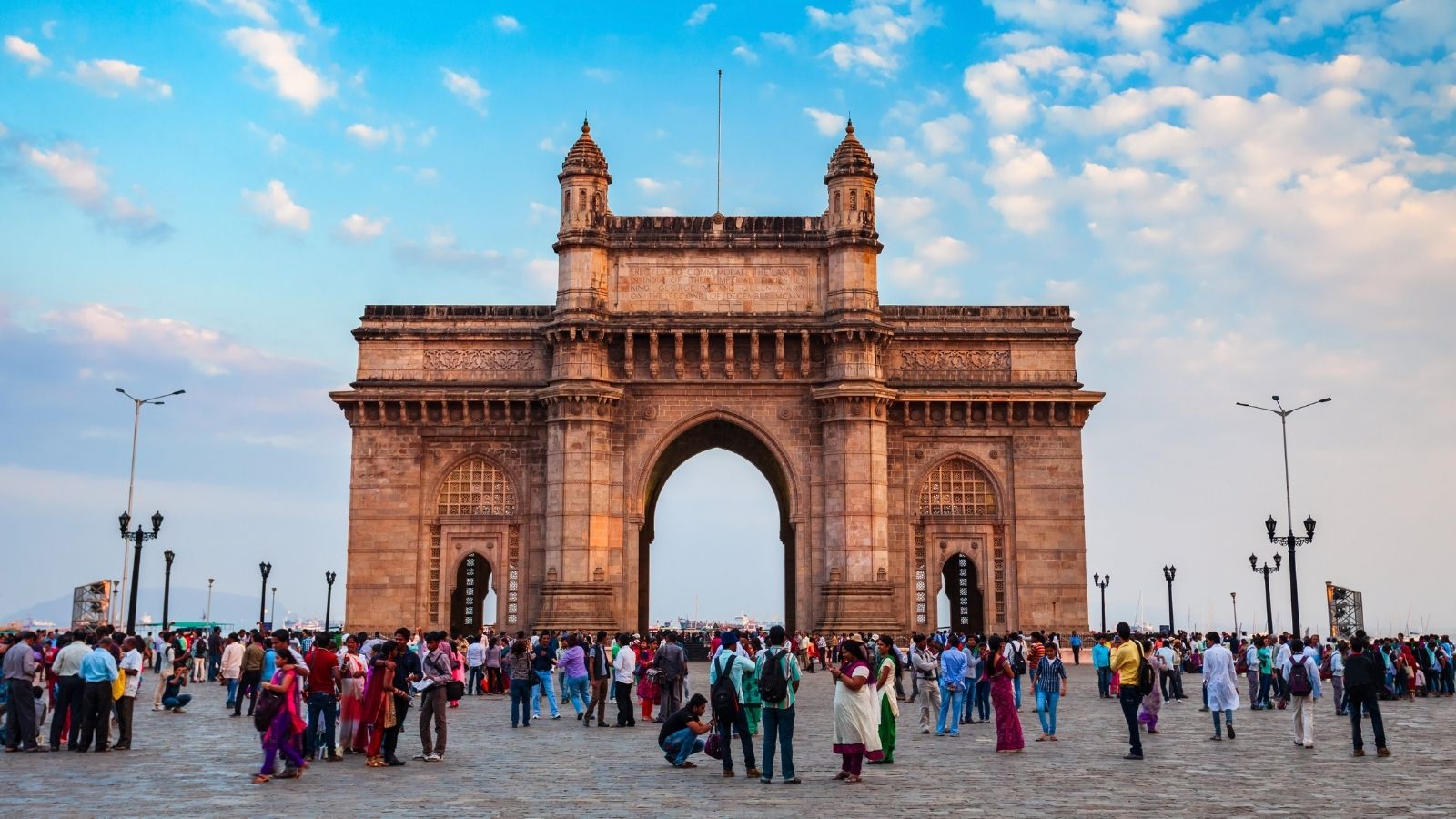
Mumbai: Challenge: High levels of PM2.5 and PM10 from traffic congestion and construction. Future Risk: Rising heat island effect and poor air dispersion due to dense urban structures. (Image: Canva)
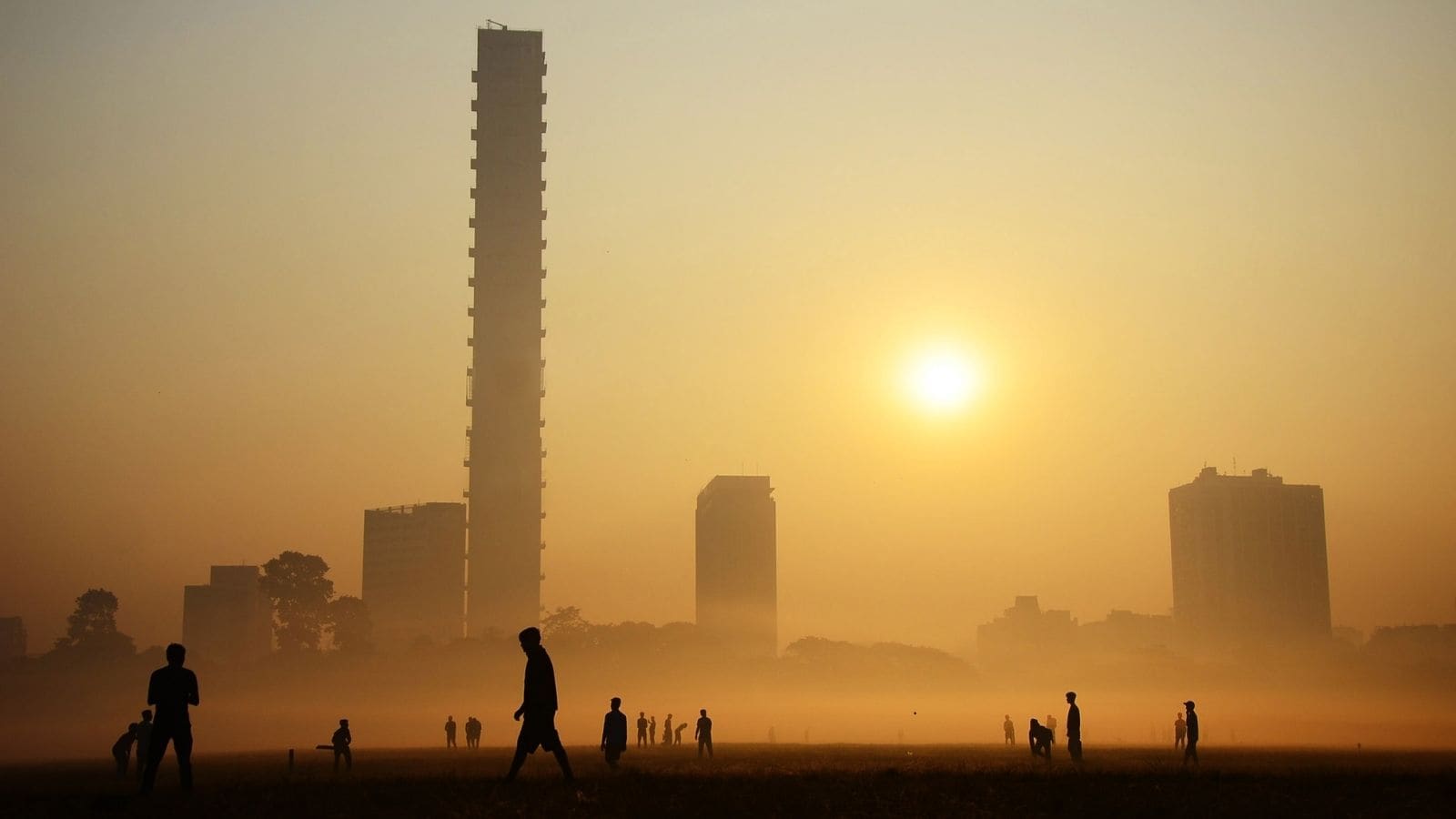
Kolkata: Challenge: Industrial emissions and outdated public transport systems. Future Risk: Chronic respiratory conditions and declining urban livability. (Image: Canva)
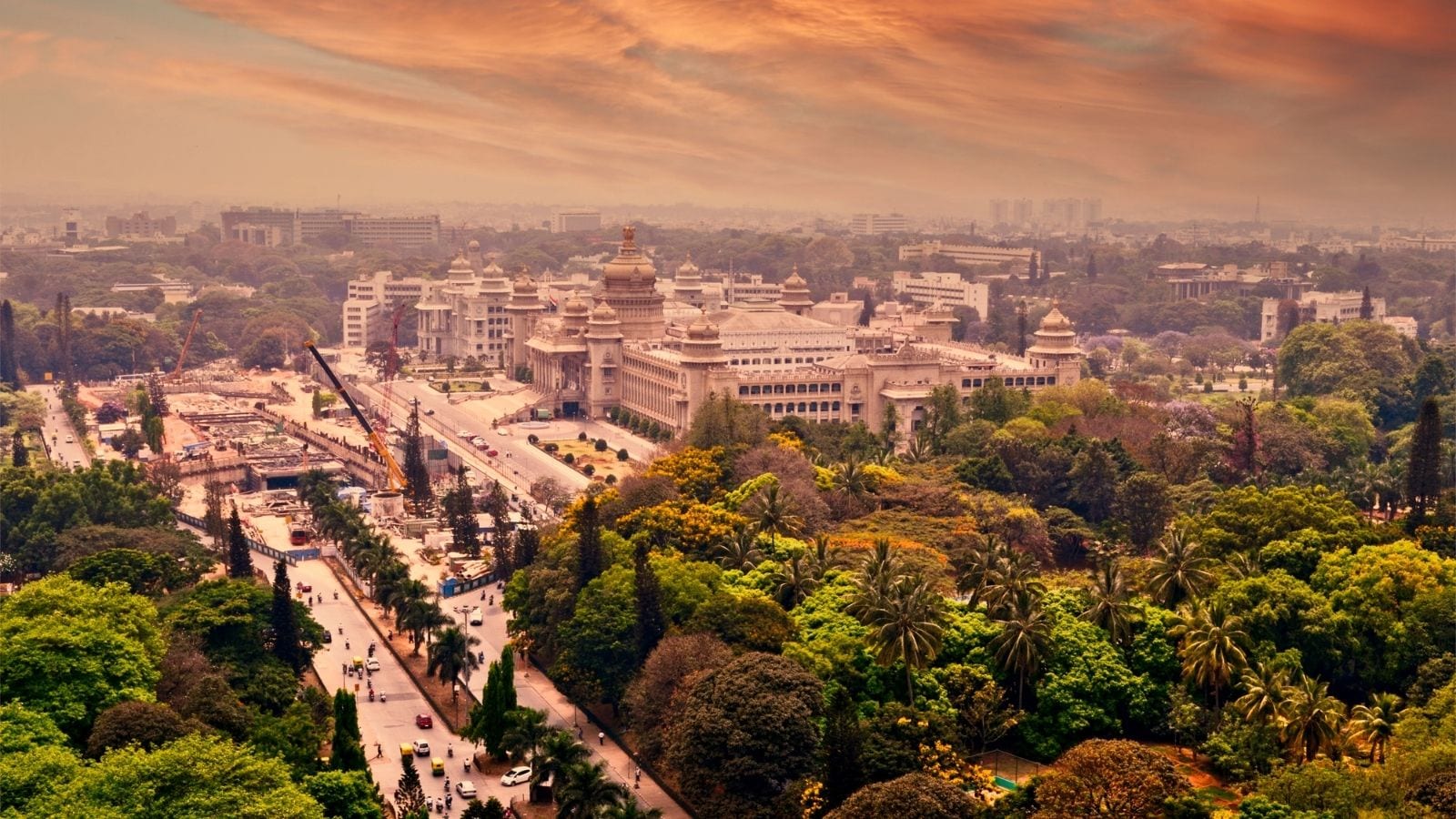
Bengaluru: Challenge: Faces a daily shortfall of 500 million liters of water, nearly 20% of its demand. Future Risk: Groundwater depletion, drying lakes, and dependence on distant water sources. (Image: Canva)
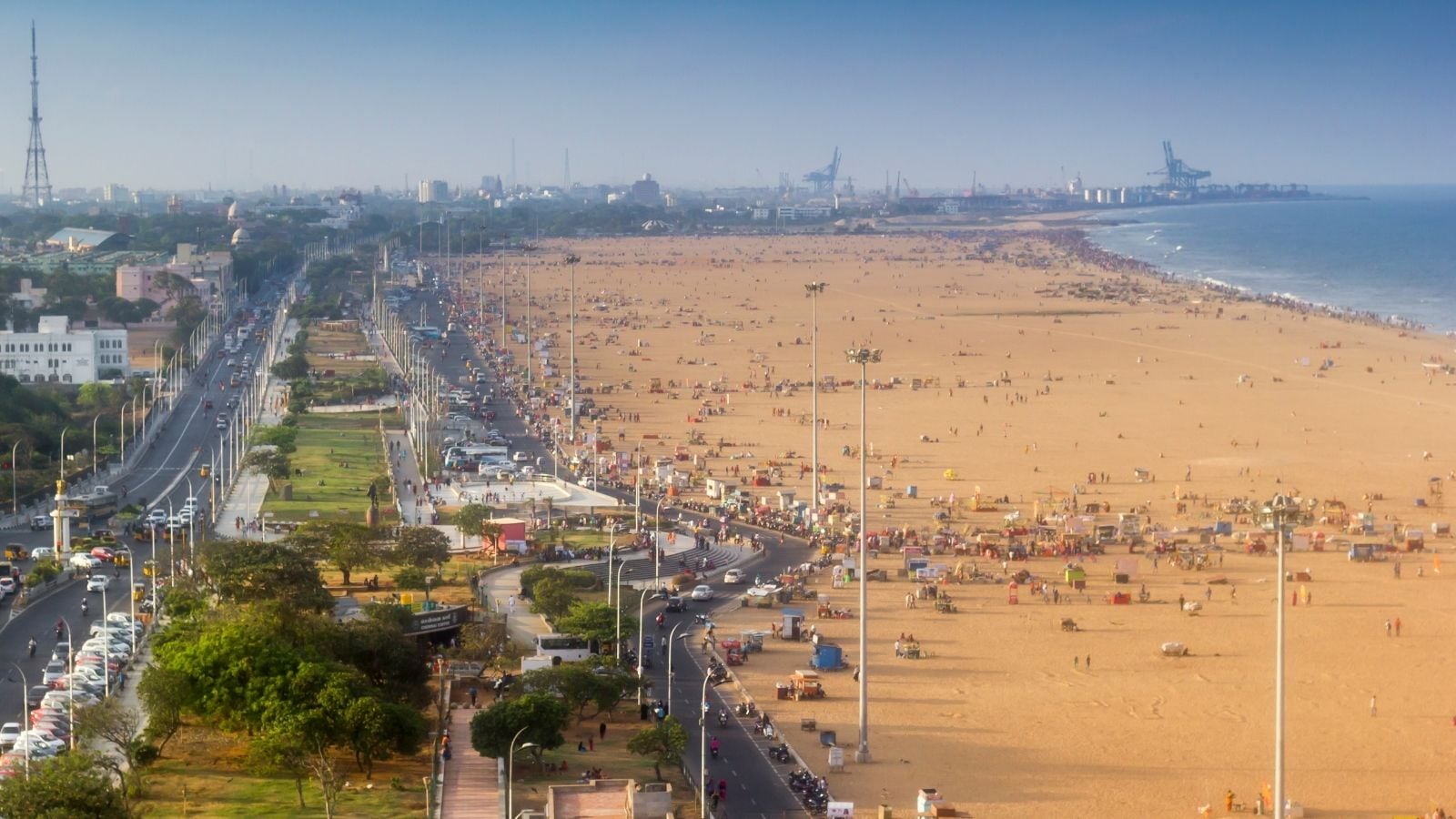
Chennai: Challenge: Frequent droughts and over-extraction of groundwater. Future Risk: Severe water stress, especially during summer months, and increased reliance on desalination. (Image: Canva)
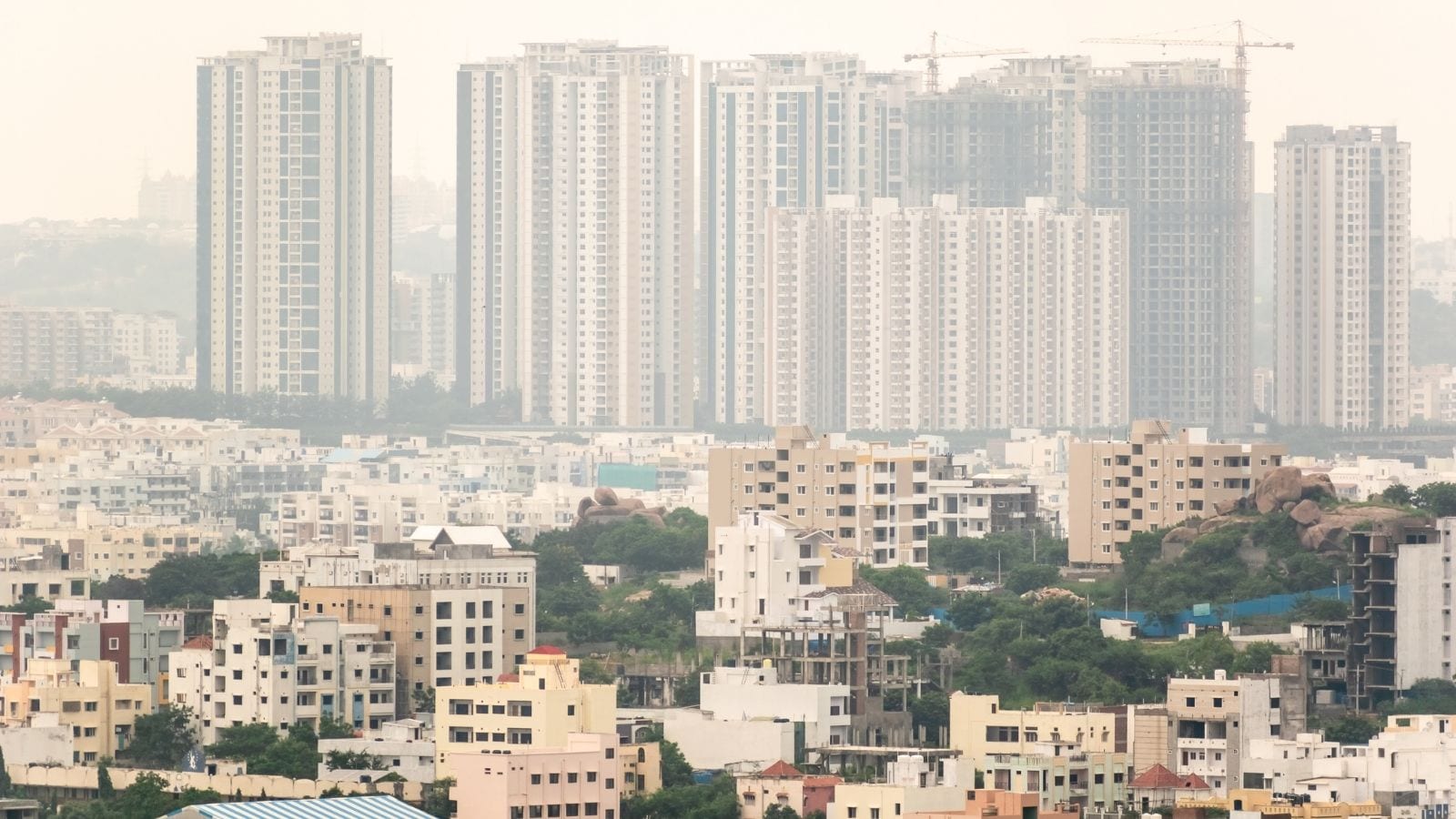
Hyderabad: Challenge: Shrinking reservoirs and contamination of water bodies. Future Risk: Water rationing, reduced agricultural output, and urban migration pressures. (Image: Canva)
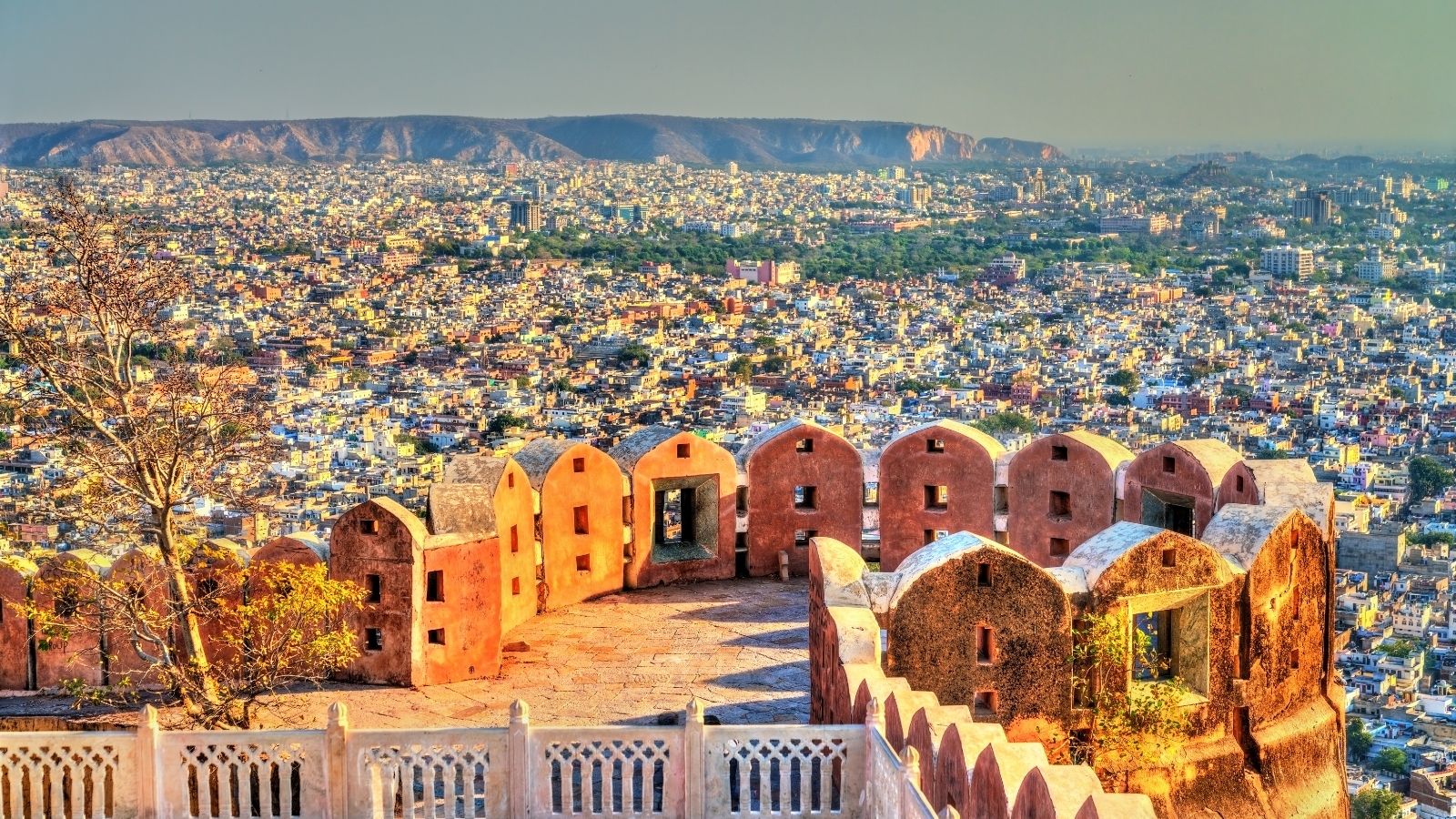
Ahmedabad and Jaipur: Challenge: Arid climate and limited freshwater sources. Future Risk: Groundwater exhaustion and rising water costs for residents. (Image: Canva)
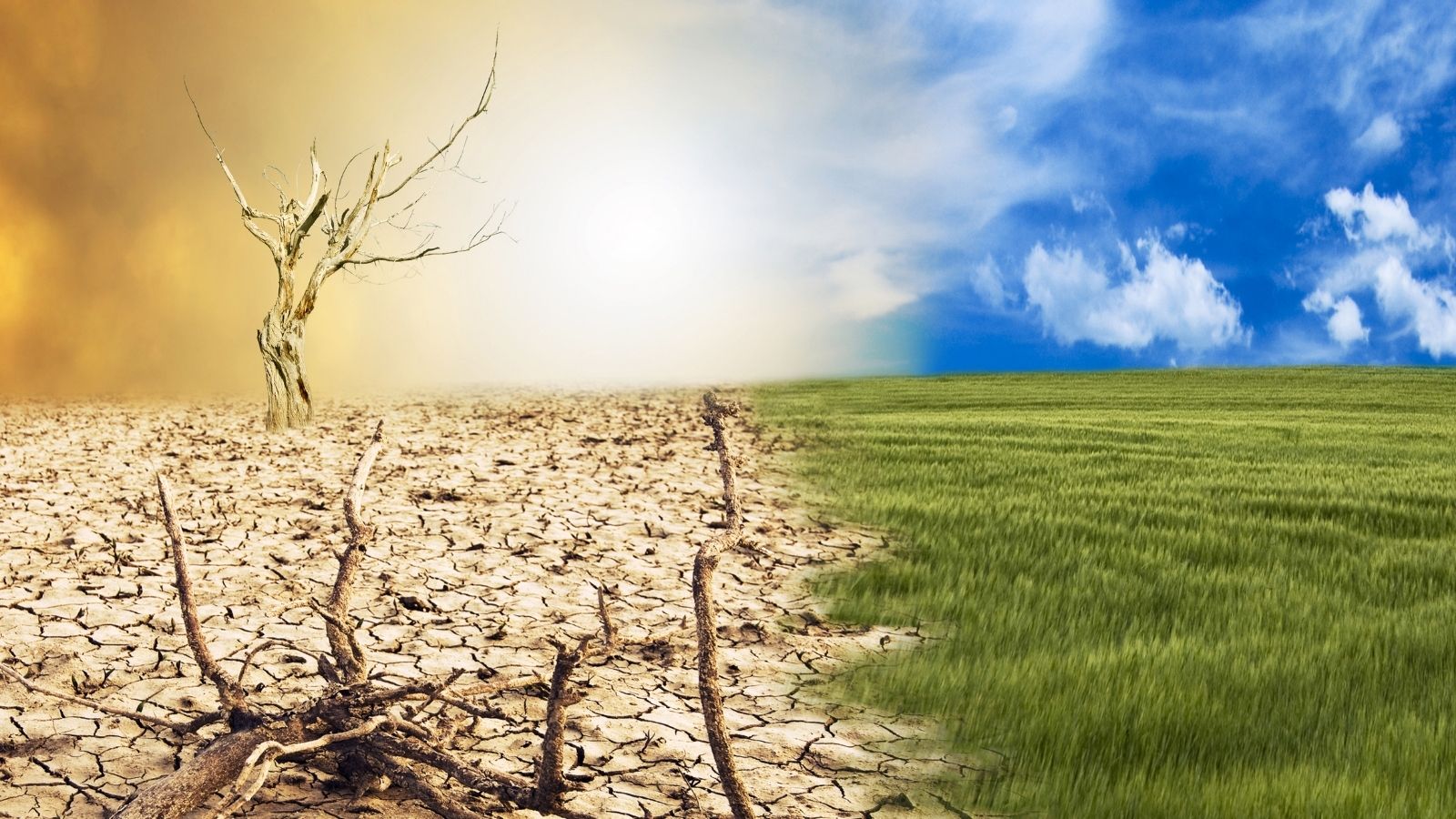
Climate change will intensify both pollution and water stress through erratic rainfall, rising temperatures, and extreme weather events. Urban sprawl will strain infrastructure, making it harder to manage waste, traffic, and water distribution. Policy gaps and slow implementation of environmental regulations may worsen the crisis. (Image: Canva)
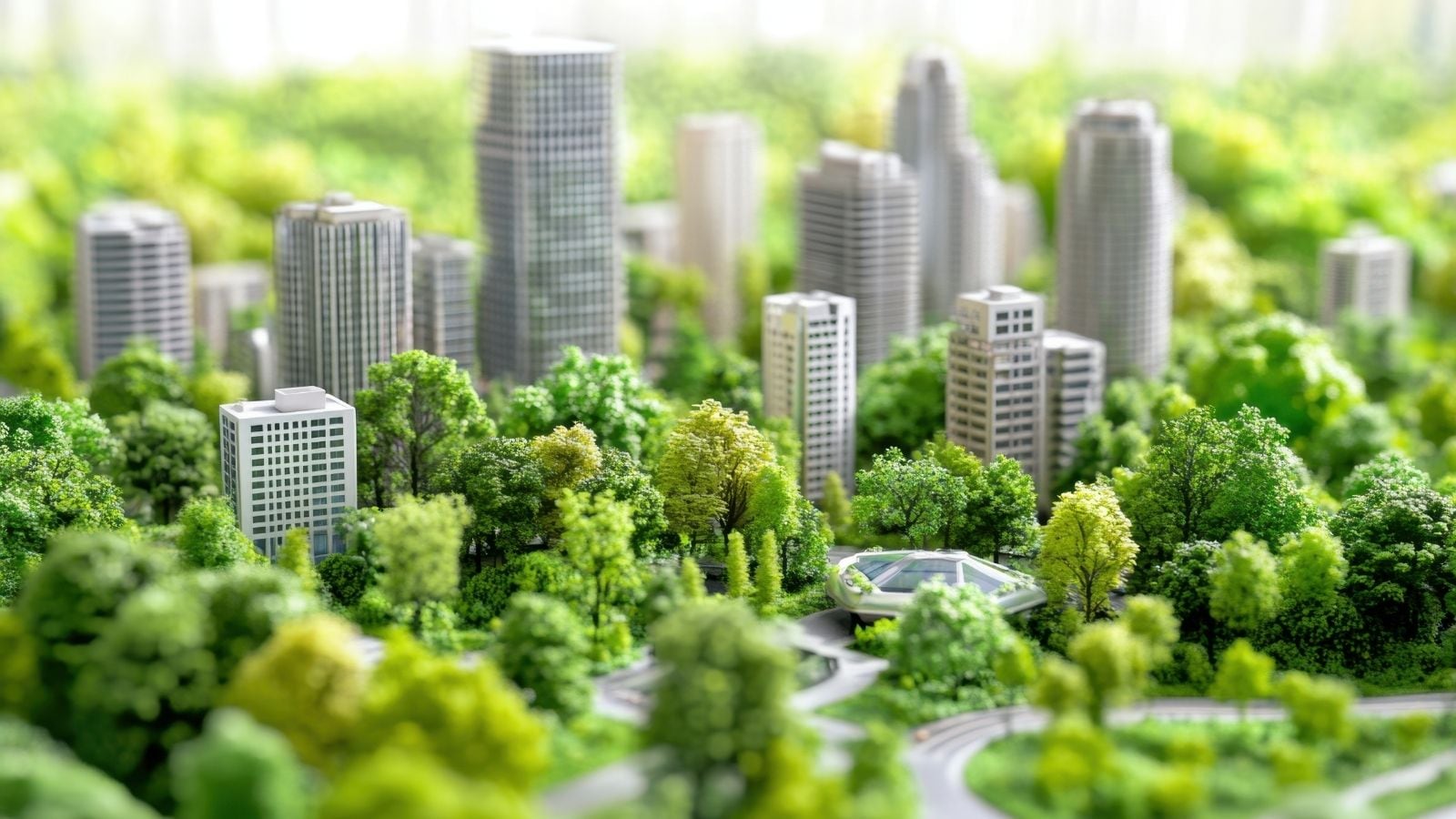
What’s Needed: Integrated urban planning with green infrastructure; investment in public transport and clean energy; rainwater harvesting, wastewater recycling, and stricter pollution controls; public awareness and behavioral change to reduce consumption and waste. (Image: Canva)
News Photogallery india From Toxic Air To Dry Taps: Will India’s Cities Be Livable In 2045?

 2 hours ago
6
2 hours ago
6
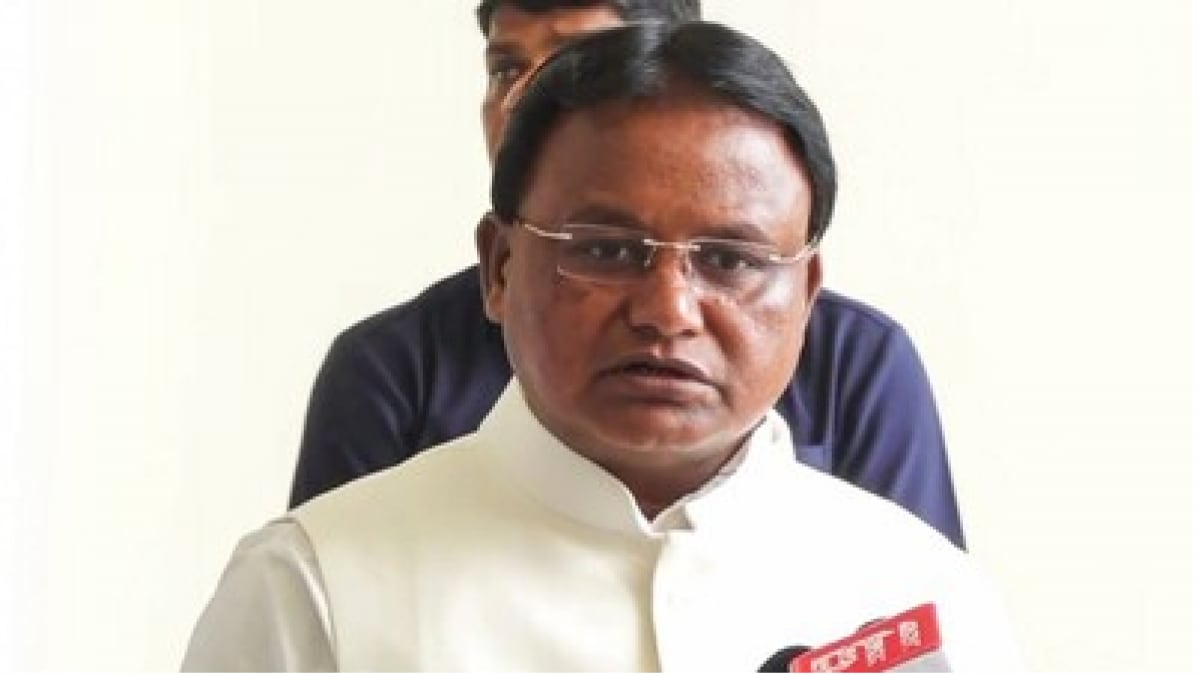
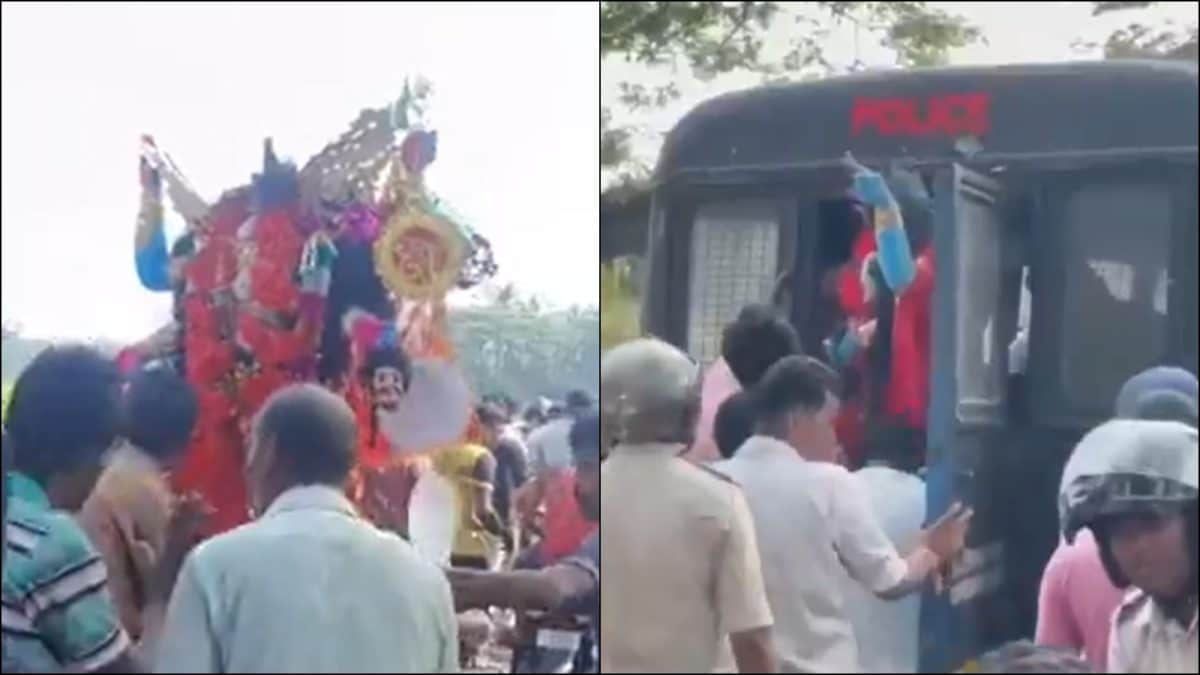
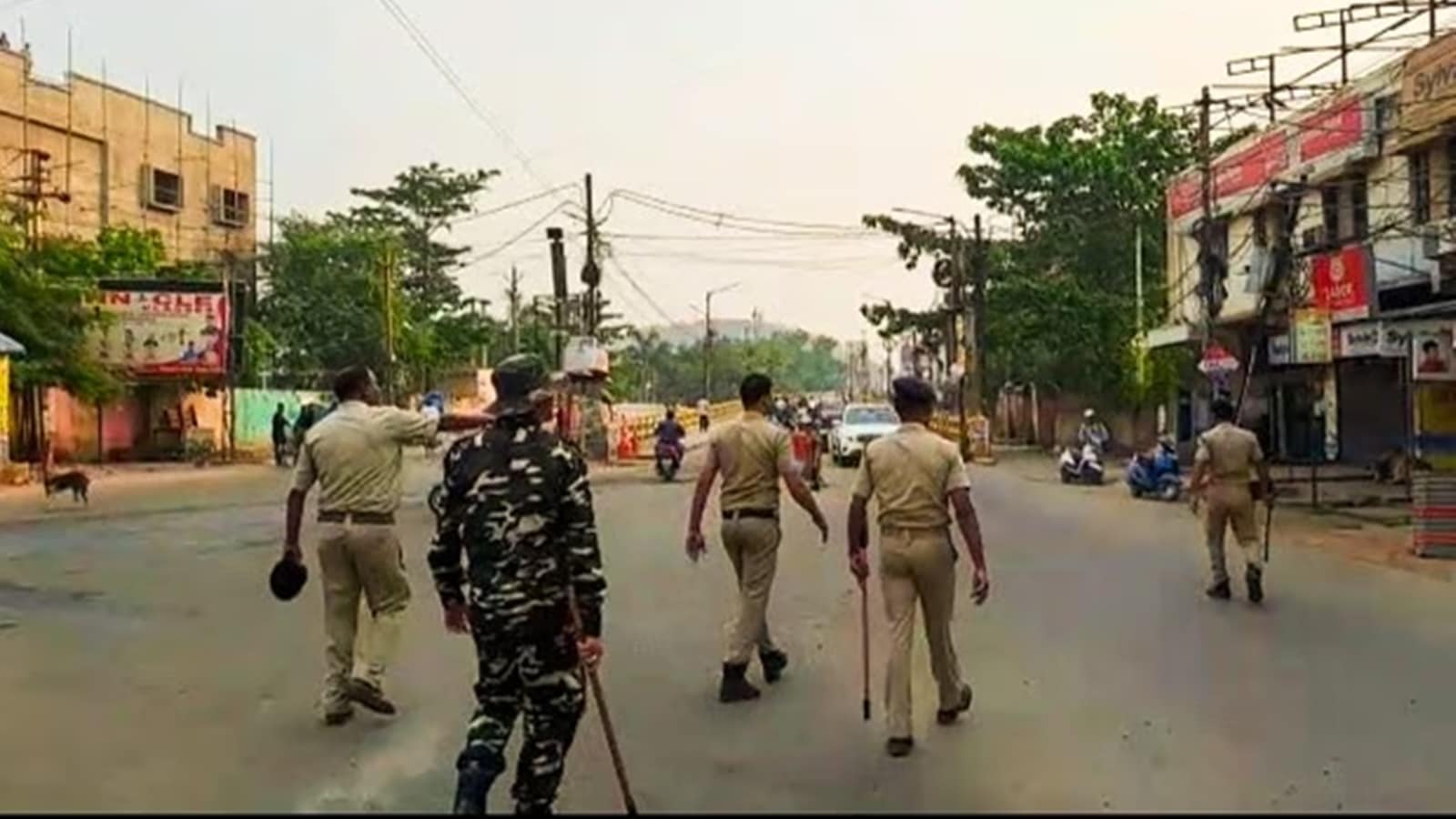






 English (US) ·
English (US) ·